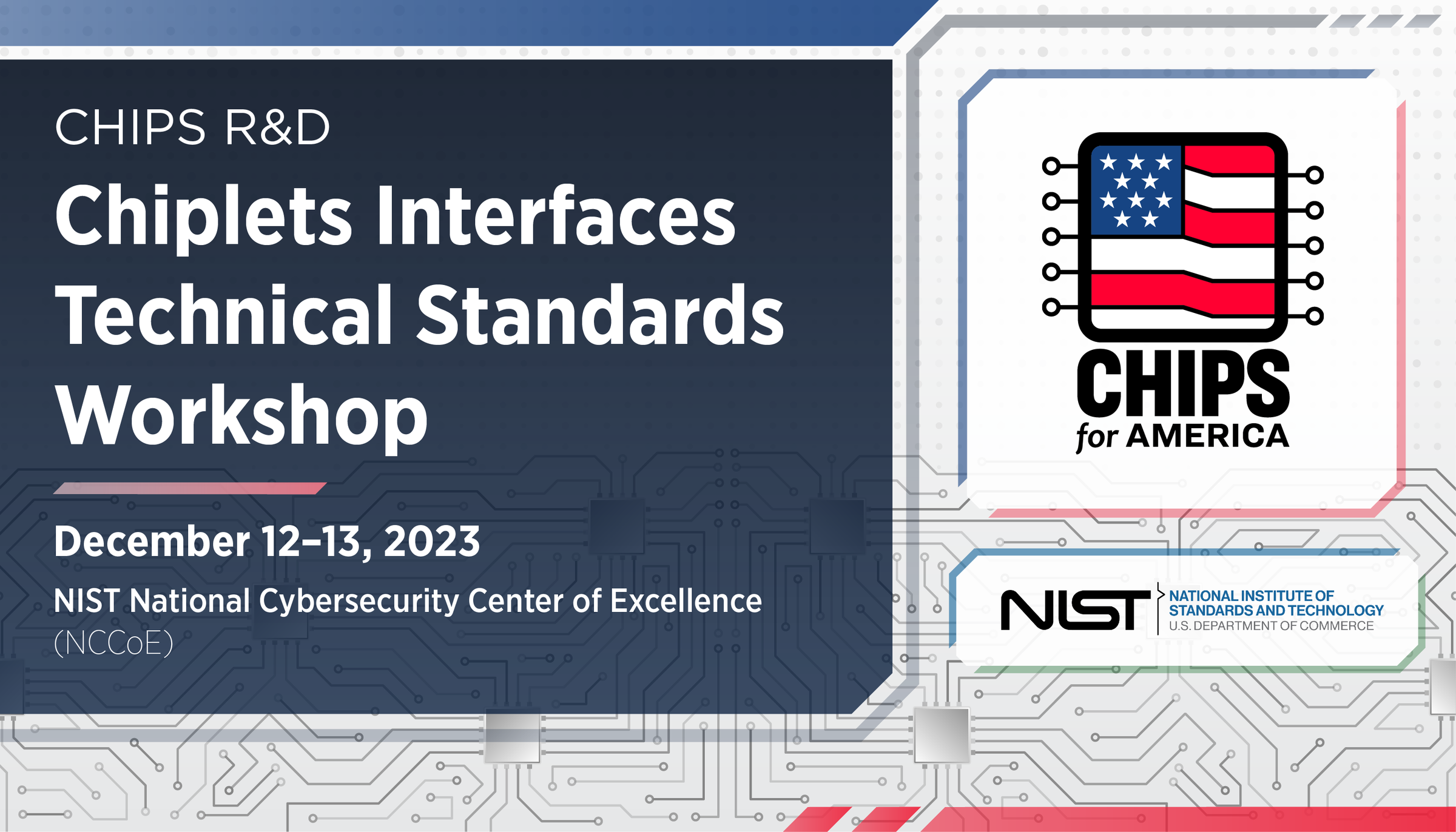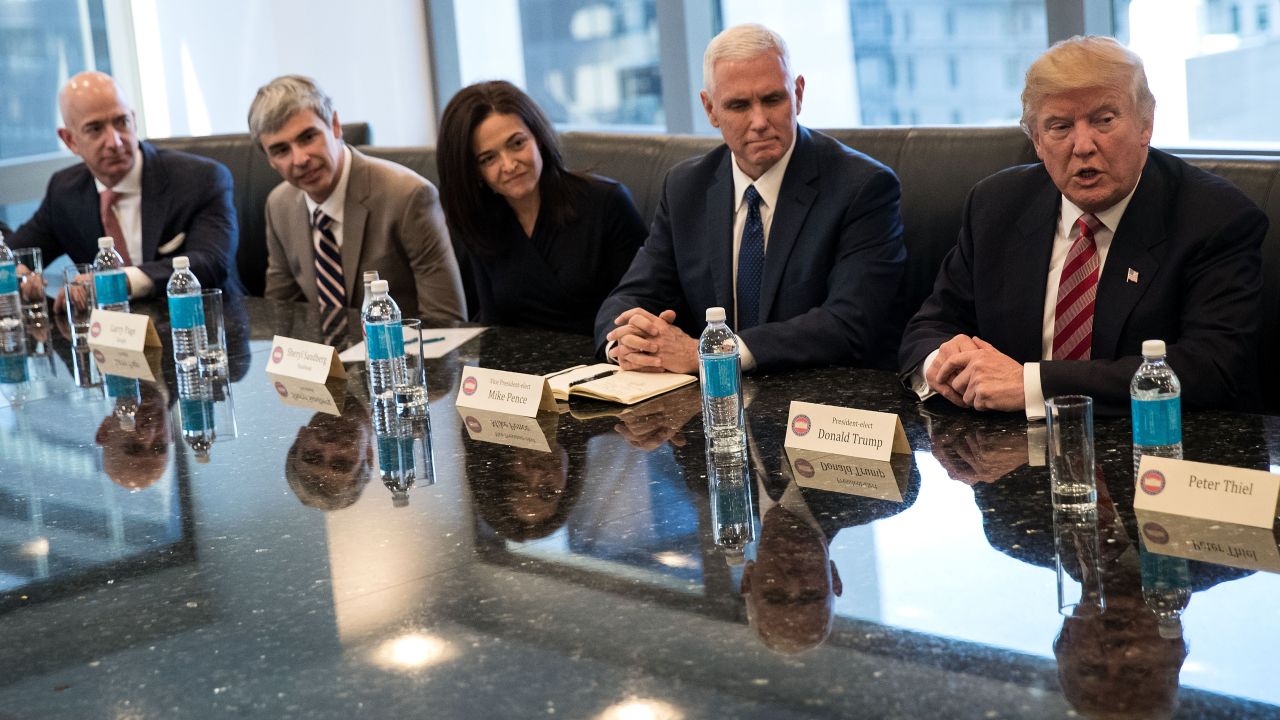The Trump administration has sent shockwaves through the tech industry by lifting export license requirements for chip design software sales to China. In a significant move that seems to upend the previous strategy of restricting access to critical technologies, the US Commerce Department has announced that major chip design software providers can now operate freely in China, as reported by Bloomberg.
Trade Deal Reverses Restrictions
This decision comes as part of a broader trade agreement aimed at resolving tensions between the two largest economies. The deal stipulates that while the US will ease restrictions on chip-design software exports, China, in return, is expected to expedite approvals for critical mineral exports to the US. This mutual concession marks a pivotal moment in the ongoing US-China tech rivalry, as both nations seek to stabilize their economic relationships in an era of escalating competition.
Key Players in Chip Design Software Gain Access
The world’s preeminent chip design software companies, including Synopsys Inc., Cadence Design Systems Inc., and Siemens AG, have expressed their readiness to restore services to their Chinese clientele. Siemens has already confirmed it is providing full access to its software, while Synopsys and Cadence are actively resuming operations. This swift action underscores the significance of the Chinese market for these firms, which design everything from high-end processors for tech giants like Nvidia and Apple to essential components like power regulators.
\n\n
CHIPS R&D Chiplets Interfaces Technical Standards Workshop | NIST
Escalating Tech Tensions and Future Implications
The lifting of these restrictions follows a brief period of heightened tensions, where the Trump administration had imposed stringent controls on electronic design automation tools. This escalation was part of a broader strategy aimed at curbing China"s ambitions in semiconductor technology and artificial intelligence, a sector where the US has long held a competitive edge. According to Reuters, the earlier restrictions represented an alarming pivot in US policy that sought to contain China"s technological rise.
Potential Impact on Global Technology Landscape
The ramifications of this trade deal are significant, not only for US-China relations but also for the global tech ecosystem. As the US relaxes its grip on chip design software, it may inadvertently fuel China"s ambitions in developing cutting-edge technologies. Experts warn that this could lead to increased competition in sectors like AI and semiconductors, where innovation is paramount. With the stakes so high, the balance of power in technology could shift dramatically in the coming years.
\n\n
Inauguration Day 2017: Historic moment arrives | CNN Politics
Privacy and Digital Rights at Risk
While the tech industry celebrates the easing of restrictions, this move raises pressing concerns about digital rights and privacy. As chip design software becomes more accessible in China, the potential for surveillance and state control over technology increases. The implications for civil liberties and individual privacy in both countries cannot be overstated. As the US continues to engage with China on technology, it must prioritize the protection of digital rights and ensure that the tools being shared do not contribute to authoritarian practices.
The recent trade deal signals a recalibration of priorities, but it also highlights the need for a nuanced approach to technology policy. Striking a balance between economic interests and the safeguarding of democratic values will be crucial in navigating the complex landscape of international tech relations.



![[Video] South Korea launches Nuri rocket, deploying 13 satellites into orbit](/_next/image?url=%2Fapi%2Fimage%2Fthumbnails%2Fthumbnail-1764174656498-r36ia-thumbnail.jpg&w=3840&q=75)
![[Video] U.S. Department of Energy releases video for Trump's AI project Genesis Mission](/_next/image?url=%2Fapi%2Fimage%2Fthumbnails%2Fthumbnail-1764090716205-ft8nx-thumbnail.jpg&w=3840&q=75)

![[Video] Left-wing radicals attack AfD politicians and journalists in Giessen](/_next/image?url=%2Fapi%2Fimage%2Fthumbnails%2Fthumbnail-1764438663474-e7iix9-thumbnail.jpg&w=3840&q=75)

